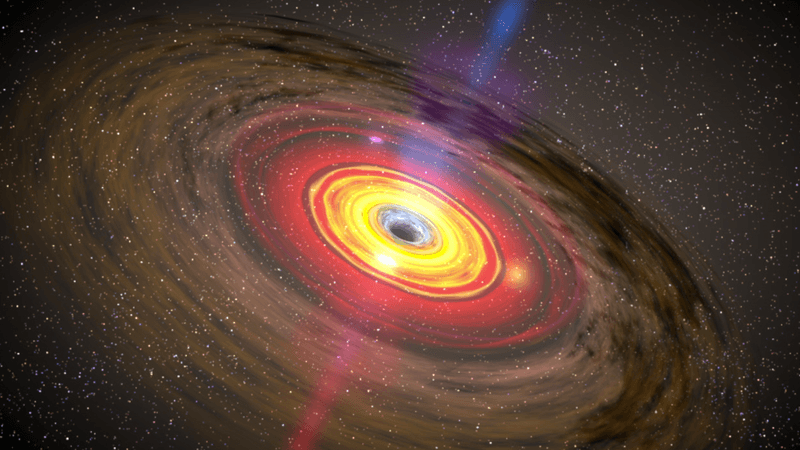NASA has just announced that Boeing and SpaceX have been selected to lead the Commercial Crew Program, founded in 2010. Boeing’s CST-100 and SpaceX’s Dragon V2 will be used to launch humans into Low Earth Orbit and to the International Space Station from Cape Canaveral beginning in 2017. This will be the first human spaceflight launch on American soil since the space shuttle program retired in 2011.
Since the end of the shuttle program, American astronauts headed to the ISS have had to bum a ride from Russia at a rate of $71 million per seat. However, the desire to be in charge of their own launches has been highlighted in recent months due to strained relations with Russia over the invasion of Ukraine. The United States government put sanctions on Russia and severed most of its ties back in April, except for its dealings with the ISS. In retaliation, Russia has threatened to stop providing transportation for American astronauts.
A key difference between the space shuttle program and this new venture is that the spacecraft will be provided by privately-owned corporations, and the government will be contracting out those services. This allows for companies to compete for contracts, driving down the cost and boosting innovative designs.

SpaceX, headed up by Tesla Motors CEO Elon Musk, submitted a design called the Dragon V2.
It is a modified version of the Dragon spacecraft that SpaceX has been using to bring cargo to the ISS since 2010. A major feature of the seven-seated spacecraft is the ability for controlled landings. This means that in addition to going to the ISS, the spacecraft could be used to bring humans to the moon or other worlds. The advanced landing system also means the spacecraft can be collected and reused quickly. This cuts down on wasted materials, which subsequently reduces the expense of each launch. The Dragon V2 will launch using SpaceX's own Falcon 9 rocket.
Image credit: SpaceX

Boeing was the heavy favorite going into today’s announcement, with its CST-100 spacecraft.
The body design is unique as it does not include any welded junctions. This makes the vessel lighter, more structurally sound, and easier to produce. Each vessel, which seats seven, can be used 10 times. Upon returning to Earth, the spacecraft will land using parachutes and airbags. Additionally, struts within the seat will provide added cushioning, reducing the stress of impact on the astronauts. The CST-100 will launch using an Atlas V rocket, produced by United Launch Alliance. ULA is a joint venture between Boeing and Lockheed Martin.
Image credit: Boeing
NASA has been using private companies to bring cargo to the ISS over the last few years. The ability to contract human transportation to and from the ISS frees NASA up to focus on human ventures deeper into space (such as Mars). NASA’s Space Launch System will launch an unmanned Orion spacecraft in 2017, with the goal of the first manned mission in 2021.



